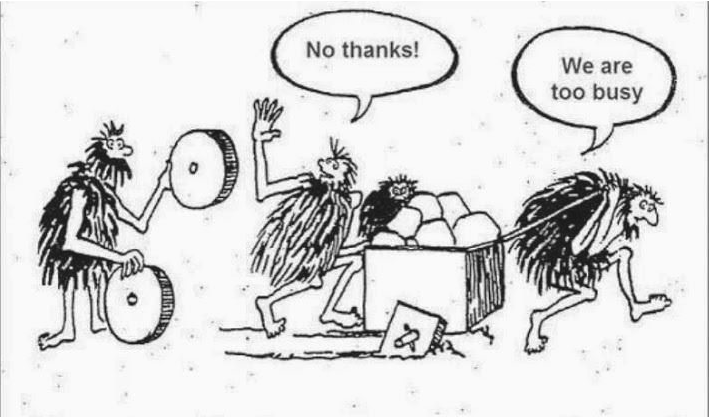
You know that HR survey question that asks, “On a scale of 1-10, how Innovative is our organization?”
Ugh. The dread. There are great ideas, yet it feels like no one is moving on them. Projects start and stop without explanation. Every new leader brings a new strategy that sounds innovative but either doesn’t fund worthy projects or doesn’t offer a realistic time frame to get them done, and inevitably, someone’s head rolls for it.
So we resist. We shut down, and we retreat into recurring quarterly goals and tiny stretches into a little more revenue or a tiny iteration of a product in the hopes of calling it innovating.
It’s called Innovation Resistance Theory (IRT). IRT looks at the barriers around why we resist new things or ways of doing things. For example, I just switched from Outlook to Gmail, and I hate it. I’ll use it, but it’s not yet intuitive. It slows me down, and frankly, it’s not pretty. A month from now, I’ll be singing its praises, but for now? Yuck.
Now imagine yourself as the potential buyer of a Tesla, or maybe you already have one. Here are some of the classic defenses and self-protections you might put up in light of the decision:
- Usage barrier: What if it’s too complicated? [Have you seen those videos of people trying to put gas in their EVs?]
- Value barrier: Is it worth it?
- Risk barrier: What if it runs out of juice in the middle of a road trip? What’s the resale value if I hate it?
- Tradition barrier: Is there anything better than riding with the top down in a Mustang convertible?
- Image barrier: Will people call me a Climate Warrior? Is it too flashy? Too modern? Too cool? Too extravagant?
We feel the same way about aligning ourselves with a new project or strategy at work. So, how does a leader actually overcome the resistance? All of these factors are managed with stories.
- Start with empathy: If you’re trying to get people on board with the big idea, figure out exactly which barriers your audience might be feeling.
- Be Inquisitive: Conduct surveys and interviews or ask casual questions. Get enough to formulate your IRT.
- Craft stories: Specifically address these barriers with customer, employee, vendor, or team stories. Even better, share your own vulnerabilities and initial fears around the big idea. I still fear I’ll attach and download my whole Gdrive to an email, but I’ll get over it.
Stories are the bridge between innovation strategy and execution. Let people see what’s possible with stories that address and embrace their fears, not by-passing them. Otherwise, no one will act on the innovation strategies you’re giving your teams.
Need help with your innovation stories? I’m here for all of them. Just reply to this email or pick a time here to chat.
What to dive deep into Innovation Resistance [and how to crush it]? Check out this week’s podcast episode, my last in the 4-part series with ILO Founder Peter Temes on overcoming IRT!